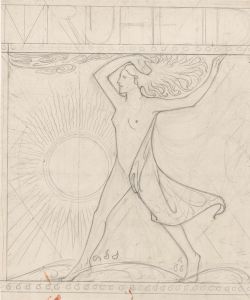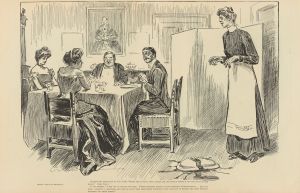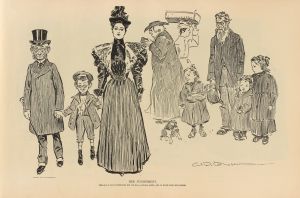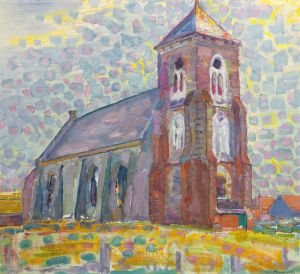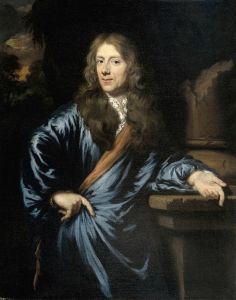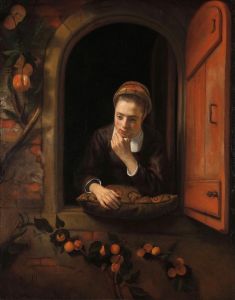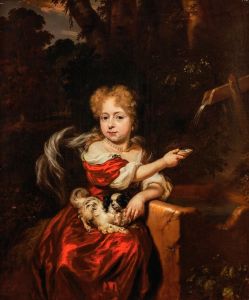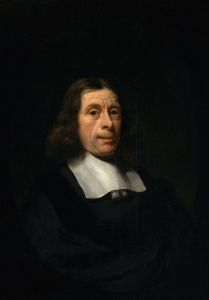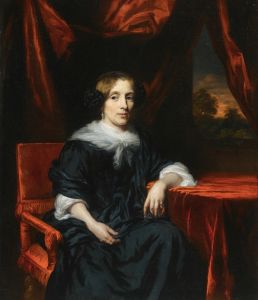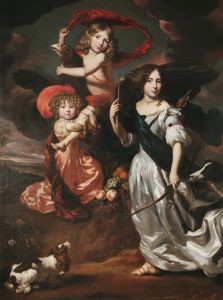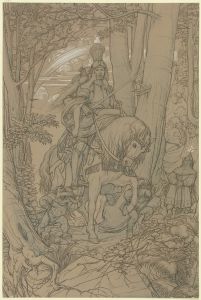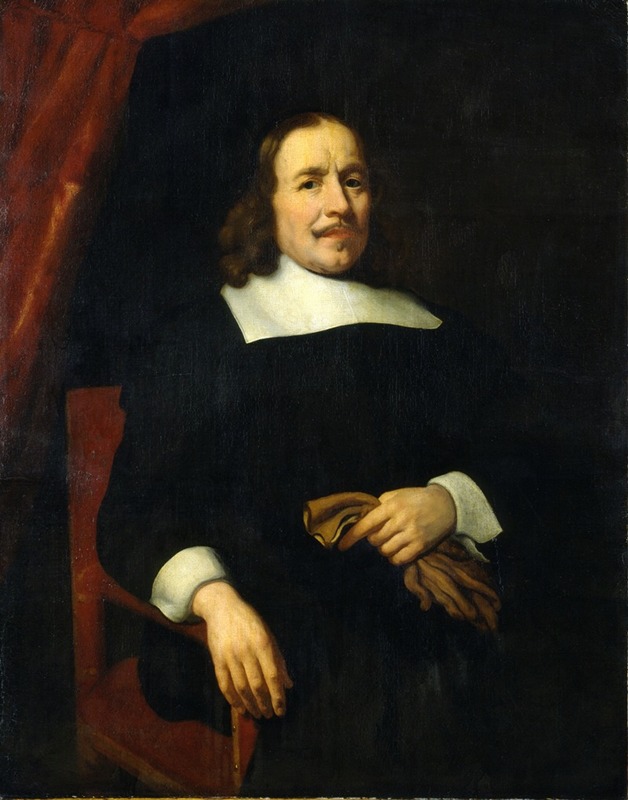
Dutch Gentleman
A hand-painted replica of Nicolaes Maes’s masterpiece Dutch Gentleman, meticulously crafted by professional artists to capture the true essence of the original. Each piece is created with museum-quality canvas and rare mineral pigments, carefully painted by experienced artists with delicate brushstrokes and rich, layered colors to perfectly recreate the texture of the original artwork. Unlike machine-printed reproductions, this hand-painted version brings the painting to life, infused with the artist’s emotions and skill in every stroke. Whether for personal collection or home decoration, it instantly elevates the artistic atmosphere of any space.
Nicolaes Maes was a prominent Dutch painter of the 17th century, known for his portraits and genre scenes. He was a pupil of Rembrandt and developed his own distinctive style over his career. One of his works, "Dutch Gentleman," exemplifies his skill in portraiture, capturing the essence of the Dutch Golden Age.
"Dutch Gentleman" is a portrait that reflects Maes's ability to convey the character and status of his subjects. Although specific details about the painting's creation, such as the exact date and the identity of the sitter, are not well-documented, it is generally believed to have been painted during Maes's mature period when he focused primarily on portraiture. This period was marked by a shift from his earlier genre scenes to more lucrative portrait commissions, which were in high demand among the Dutch bourgeoisie.
The painting showcases Maes's mastery of light and shadow, a technique he inherited from his teacher, Rembrandt. The use of chiaroscuro in "Dutch Gentleman" highlights the sitter's facial features and attire, creating a sense of depth and realism. The gentleman is depicted with a calm and composed demeanor, dressed in the fashion typical of the Dutch elite of the time. The attention to detail in the clothing and the subtle rendering of textures demonstrate Maes's technical proficiency and his keen eye for capturing the nuances of fabric and form.
Maes's portraits are noted for their psychological insight, and "Dutch Gentleman" is no exception. The sitter's expression and posture suggest a sense of confidence and self-assuredness, traits that were highly valued in the mercantile society of the Dutch Republic. This ability to convey the personality and social standing of his subjects made Maes a sought-after portraitist among the affluent citizens of Amsterdam and other Dutch cities.
The background of the painting is typically understated, a common feature in Maes's portraits, which serves to focus the viewer's attention on the sitter. This simplicity in the setting allows the viewer to engage directly with the subject, emphasizing the personal connection between the sitter and the observer.
Nicolaes Maes's work, including "Dutch Gentleman," is part of the broader context of Dutch Golden Age painting, a period characterized by a great diversity of styles and subjects. This era saw the rise of a prosperous middle class that fueled the demand for art, leading to a flourishing of portraiture, landscapes, still lifes, and genre scenes. Maes's contribution to this rich artistic tradition is significant, as he successfully bridged the gap between the dramatic chiaroscuro of Rembrandt and the more refined elegance that became popular in later Dutch portraiture.
Today, "Dutch Gentleman" is appreciated not only for its artistic merit but also as a historical document that offers insight into the cultural and social dynamics of 17th-century Netherlands. Nicolaes Maes's ability to capture the essence of his time through the portrayal of individuals ensures his place among the notable artists of the Dutch Golden Age.





